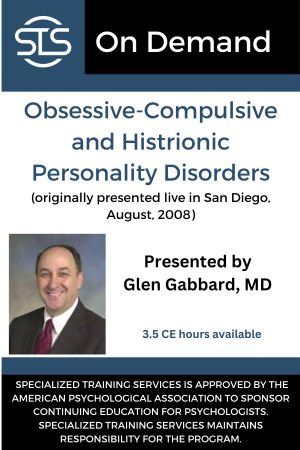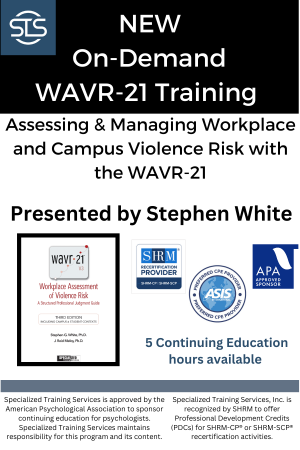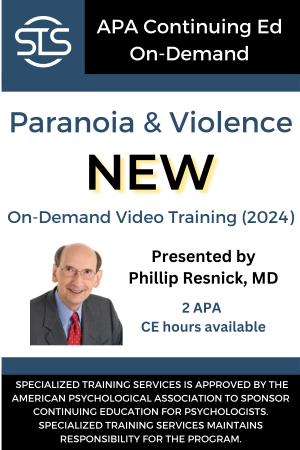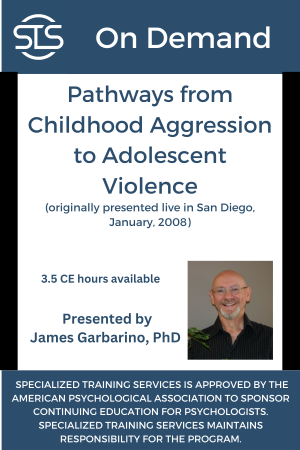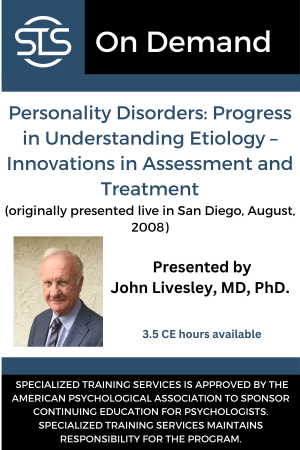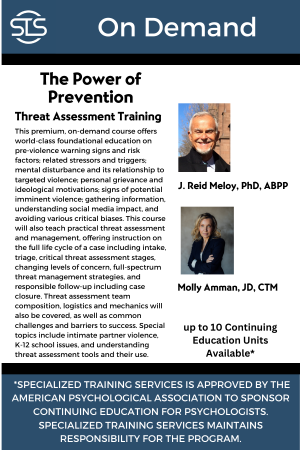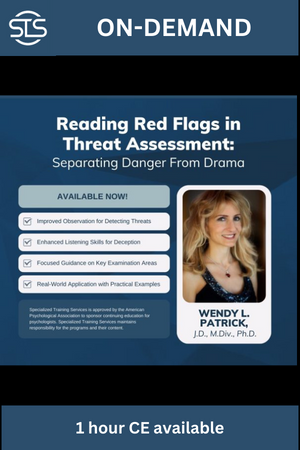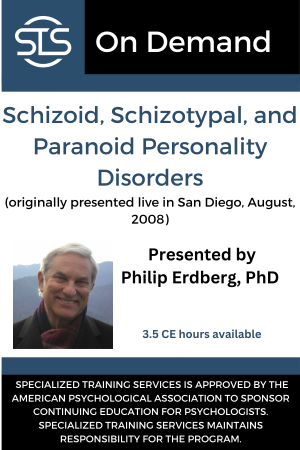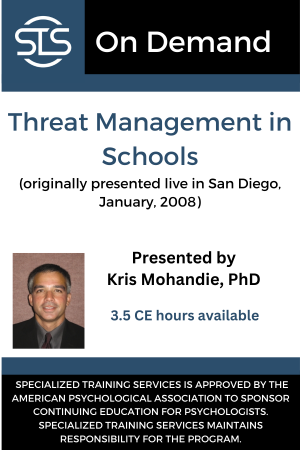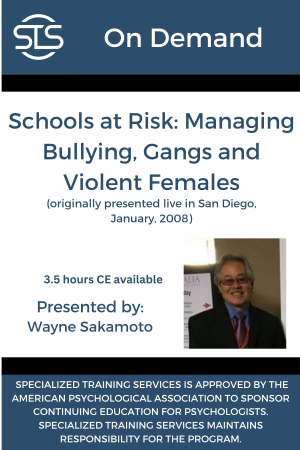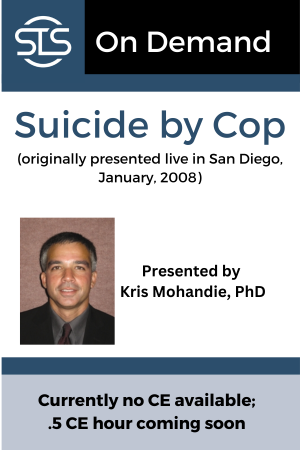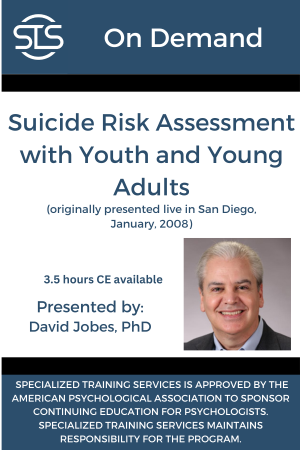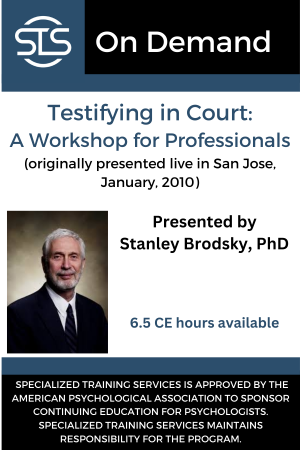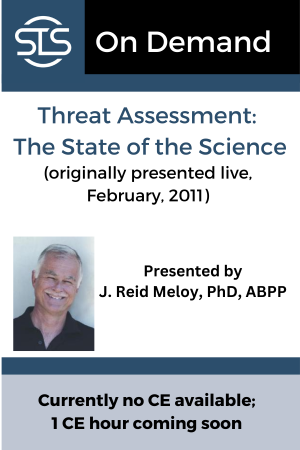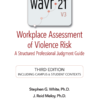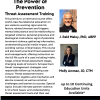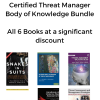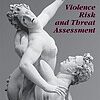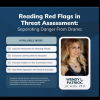Obsessive-Compulsive and Histrionic Personality Disorder (3.5 Hours)
$29.99Obsessive-compulsive personality disorder is one of the most common clinical entities on Axis II of DSM-IV. It is frequently confused with obsessive-compulsive disorder, and the differences will be outlined. The psychodynamic underpinnings of OCPD will be discussed, and the optimal psychotherapeutic approaches will be illustrated. Randomized controlled trials validated the efficacy of psychodynamic psychotherapy in the treatment of OCPD.
Histrionic personality disorder has a time-honored tradition that links it with hysterical personality disorder. The two can be considered as residing on a continuum with histrionic personality disorder having more in common with borderline personality disorder, while hysterical personality disorder has more in common with character neuroses. Some of the underlying psychodynamic features will be discussed, and psychotherapeutic strategies will be outlined.
This training covers:
- The major psychodynamic themes in obsessive-compulsive personality disorder
- The difference between obsessive-compulsive disorder and obsessive-compulsive personality disorder
- Optimal psychotherapeutic strategies with patients who have obsessive-compulsive personality disorder
- The major psychodynamic themes in histrionic and hysterical personality disorders
- Diagnostic differences and the strategic therapeutic differences between hysterical and histrionic personality disorders
- Management of erotic and eroticized transferences in histrionic personality disorder as well as patients who are hysterically organized
On-Demand Video
Continuing Education (CE credit): 3.5 hours – This is the NON-CE Version (Video Only; no certificate). To purchase the Continuing Education version (with exam and certificate) or if you need a certificate for your employer, CLICK HERE”
Presenter: Glen Gabbard, M.D.
Venue: Live Conference Presentation
Location: San Diego, CA
This has been approved for 3.5 APA, SHRM, or ASIS Continuing Education hours/credits.


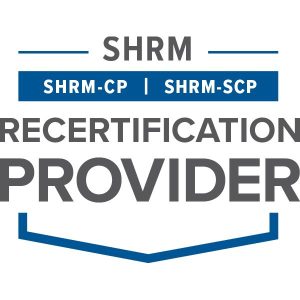
Specialized Training Services is approved by the American Psychological Association to sponsor continuing education for psychologists. Specialized Training Services maintains responsibility for this program and its content. AI was not used in the development of this program or any of its content.
Specialized Training Services, Inc. is recognized by SHRM to offer Professional Development Credits (PDCs) for SHRM-CP® or SHRM-SCP® recertification activities.

